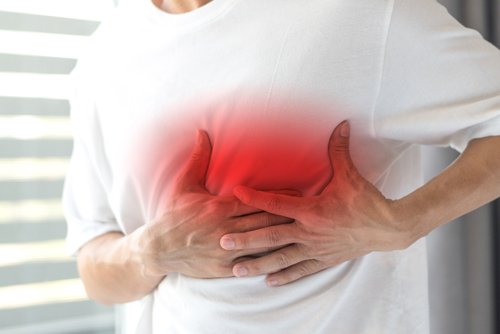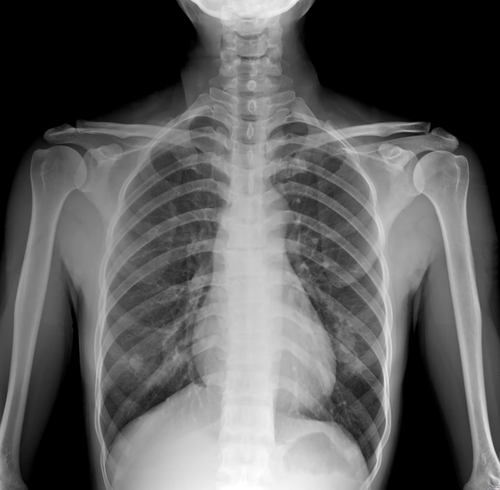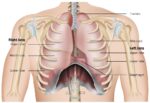 Closed chest injuries can be inherently serious, as the chest houses many critical organs, such as the heart, lungs, and many major blood vessels. A closed chest injury could be where someone in a car accident and hit their chest hard on the steering wheel. Most chest trauma injuries will need urgent medical attention. Always call for an ambulance for any potentially serious chest injury.
Closed chest injuries can be inherently serious, as the chest houses many critical organs, such as the heart, lungs, and many major blood vessels. A closed chest injury could be where someone in a car accident and hit their chest hard on the steering wheel. Most chest trauma injuries will need urgent medical attention. Always call for an ambulance for any potentially serious chest injury.
A common result of trauma to the chest is damage to the victim’s rib cage. The curved shape of the rib cage helps to deflect the force of some injuries, but damage to the cartilage or the ribs themselves can still result. While a single broken rib can be very painful for the patient, a number of broken ribs can lead to other complications. A victim with broken ribs may take very shallow breaths without even noticing it, as their body tries to prevent the pain from taking a full breath.
When many adjoining ribs are broken in different places, a portion of the rib cage can move in the opposite direction the chest should. This is known as a “flail” segment and can make breathing very painful and less effective.
The signs and symptoms include:
Trouble breathing, shallow breathing, tenderness at the site of injury, deformity & bruising of the chest, pain upon movement/deep breathing/coughing, blue lips, or nail beds, they may cough up blood and sometimes a crackling feeling upon touching the victim’s skin.
The treatment is to Always monitor the patients’ ABCs, call for an ambulance, assist the victim into a position of comfort (typically seated upright), conduct a secondary survey and monitor the patient’s condition carefully and be vigilant, keep a watch for any changes.
An open or “sucking” chest wound is where the chest wall has been penetrated by something like a knife, bullet, falling onto a sharp object. With an open chest wound, you may hear escaping air through the wound. They will have trouble breathing and will be in pain. You may also see blood in their mouth or they may cough up blood.
The treatment for an open or sucking chest wound is to first assess their ABCs, do not remove any embedded objects in the chest, call for an ambulance, lay the patient on their injured side down to prevent any complications with their good lung, treat for shock and carefully monitor them.
Rules changed in 2016 on the treatment of sucking chest wounds by first aiders and we no longer use special dressings and the recommendation now is to leave the wound open to the elements. By using dressings there is a higher risk that you will do more harm than good, so now we leave the wound and provide care to the patient and get emergency medical help as soon as possible.
To summarise, all chest injuries are serious and the first aid you deliver is just to stabilise and reassure the patient before the emergency services arrive.

